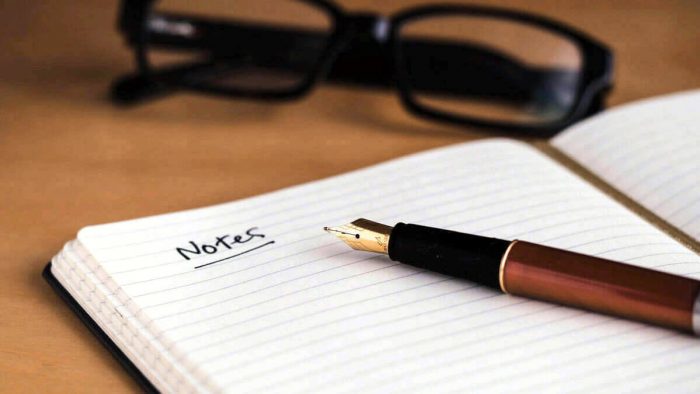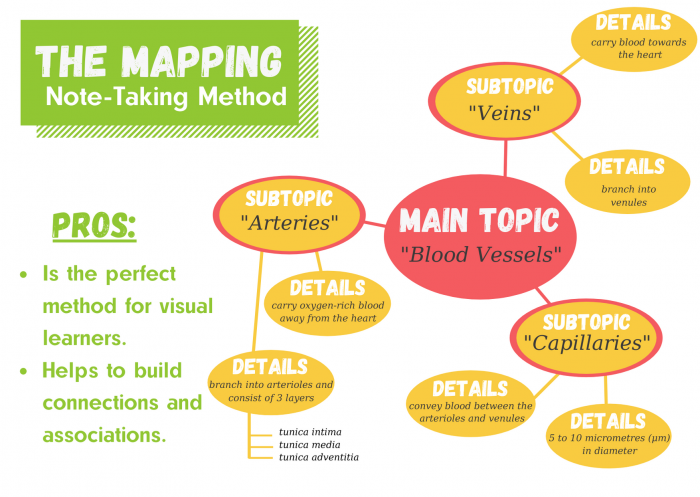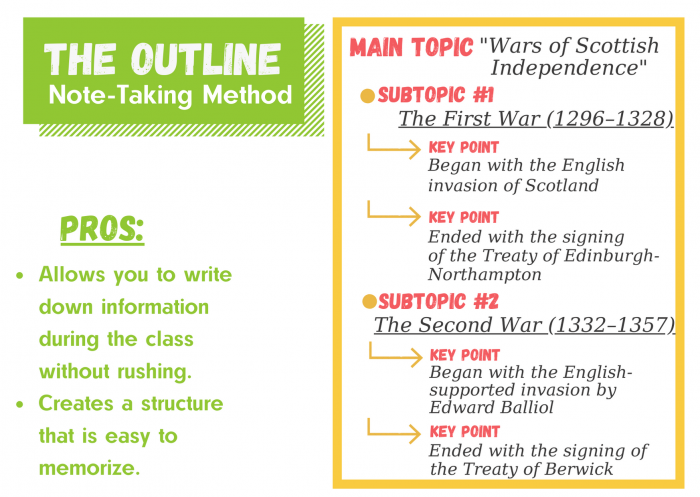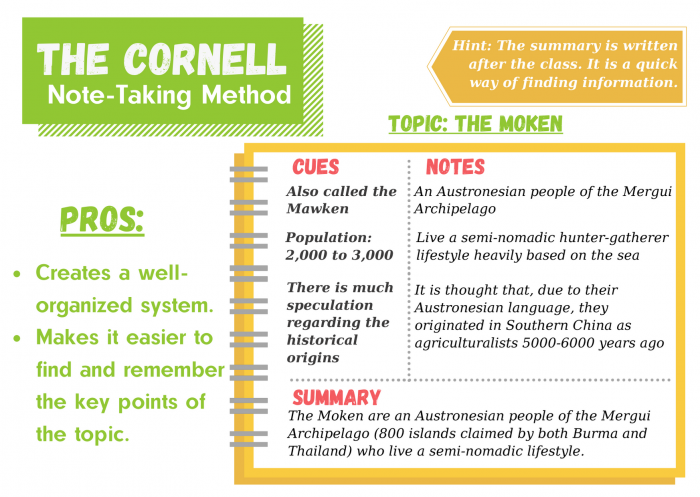Effective Note Taking: Improve Your Lecture Notes

This guide highlights the best ways to creating clear and organised lecture notes that will benefit your future self. I will outline the most effective note taking methods that are working for students right now.
In short: If you want to take lecture notes that really matter, you should carry on reading.
Let’s get started!
Why does note taking matter?
Actively engaging in the class and taking useful notes that you can comprehend as opposed to passively taking down any information that is said can be the difference between success and failure!
Reviewing and studying your course material after class without confusion will make it easier to complete your assignments as you will understand the key materials that need to be included. You can then further develop your points by using this information to provide in depth evidence to back you up.
How do you determine what is important enough to write down?
- Listen for cues, ‘to summarise’, ‘the key points’, ‘the main reason’.
- Always note down theorists names and concepts.
- Pay attention to whether it is essential reading or apart of the submission criteria, this is very important!
Mapping Method
Do you enjoy visual practice? This method is for you!
How does it work?
Begin with placing the main topic at the top of the page and create branches that stem off of this for every subtopic you encounter.
You can then reflect on this after class to understand how each topic links into the next, this will particularly improve your understanding of complex topics.

Top tip: Include colour in your notes to make them even more visually pleasing!
Outlining Method
The most common form of note taking, it uses the most logical pattern meaning you could have already been using it without realising!
How does it work?
Begin by putting the name of the lecture at the top of the page. Then for every main topic that arises, create a set of three bullet points – the main topic, subtopic and a thought or supporting fact.
This method is great if you want to reduce the time needed to review and edit your notes later on as it follows a clear framework that is easy to understand straight away.

Cornell Method
Created in the 1940s, this is a method that has been working for decades!
How does it work?
Divide the paper into three sections, two columns and one segment at the bottom of the page. We will then label them the cues, notes and summary.
During class you will only need to fill in the notes section, include all relevant information to the topic.
After class fill in the cues section with prompts and questions that will help you to retain the notes and use the summary section to summarise the lecture as a whole, highlighting the key points.

Use one of these note taking methods today and take effective notes forever!


